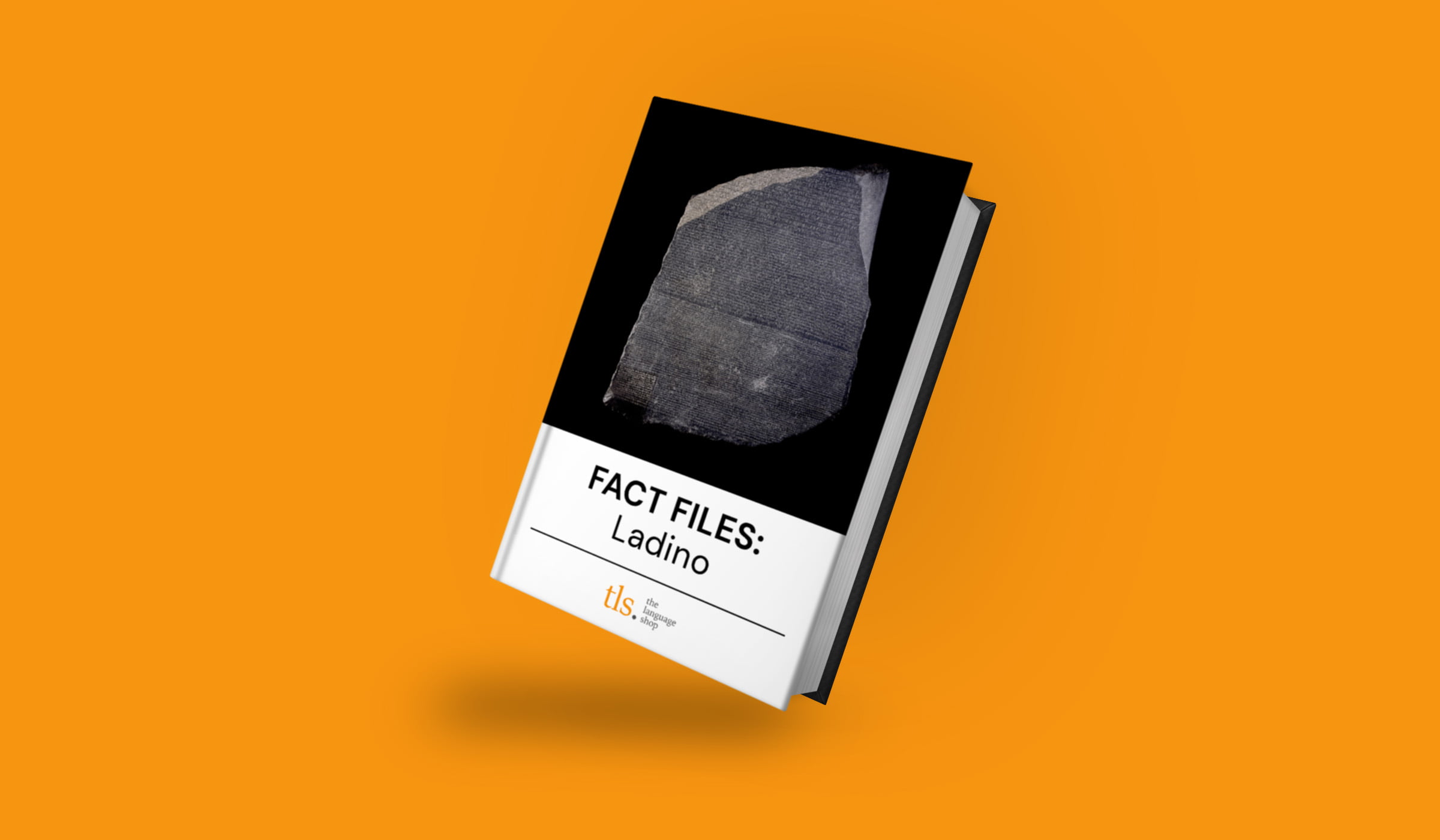Rare language fact file: Ladino

At The Language Shop we like to shine a light on some of the rarer languages spoken across the world, many of which have long and fascinating histories. This month we take a closer look at Ladino.
Native to: Europe, but predominantly spoken in Israel
Number of native speakers: Less than 60,000
Spoken by: Some groups of Sephardic Jews
Learn some Ladino: If someone sneezes, the Ladino way to respond is a bit longer than the English. They say: “Bivas, kreskas, engrandeskas, komo un peshiko en aguas freskas! Amen!”
Interesting facts:
- In 1492, Jews living in Spain were forced to either convert to Catholicism or leave. Many fled elsewhere, blending their own language of Old Spanish with Hebrew and the languages of the countries where they settled. The language that evolved was called Judeo-Spanish Ladino. Because the Spanish Jews fled to many different countries, Ladino has a large variety of dialects.
- Ladino has struggled to survive, in part because the community was fractured and its people eventually adopted the various languages of the countries they settled in. In addition to this, the first waves of Jewish diaspora in the US were from mostly Germany and Eastern Europe, and Yiddish became the language of the Jewish community there. There is now a movement to revive the language, driven by Sephardic Jews in the US.
- Ladino was immortalised by Hollywood in the 1986 film, Every Time We Say Goodbye, starring Tom Hanks. In the film, Tom Hanks’ character, a gentile, falls in love with a Sephardic Jewish girl, whose family speaks Ladino.
The Language Shop provides support in any language you may need, including many of the rarer ones. Get in touch with us to find out more.
Keep up to date with all our latest news here and on social media – we are on Facebook, Twitter and LinkedIn.


